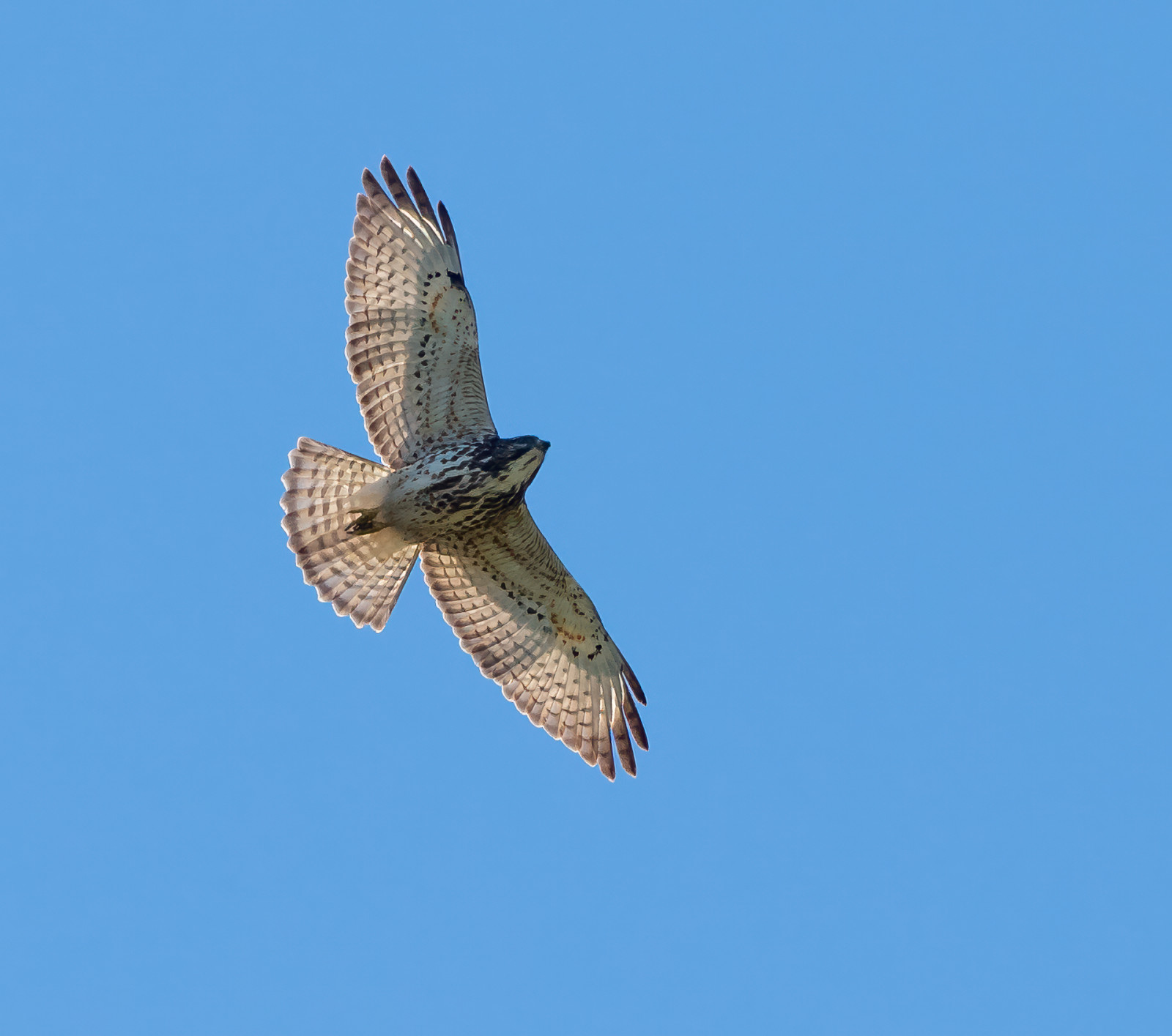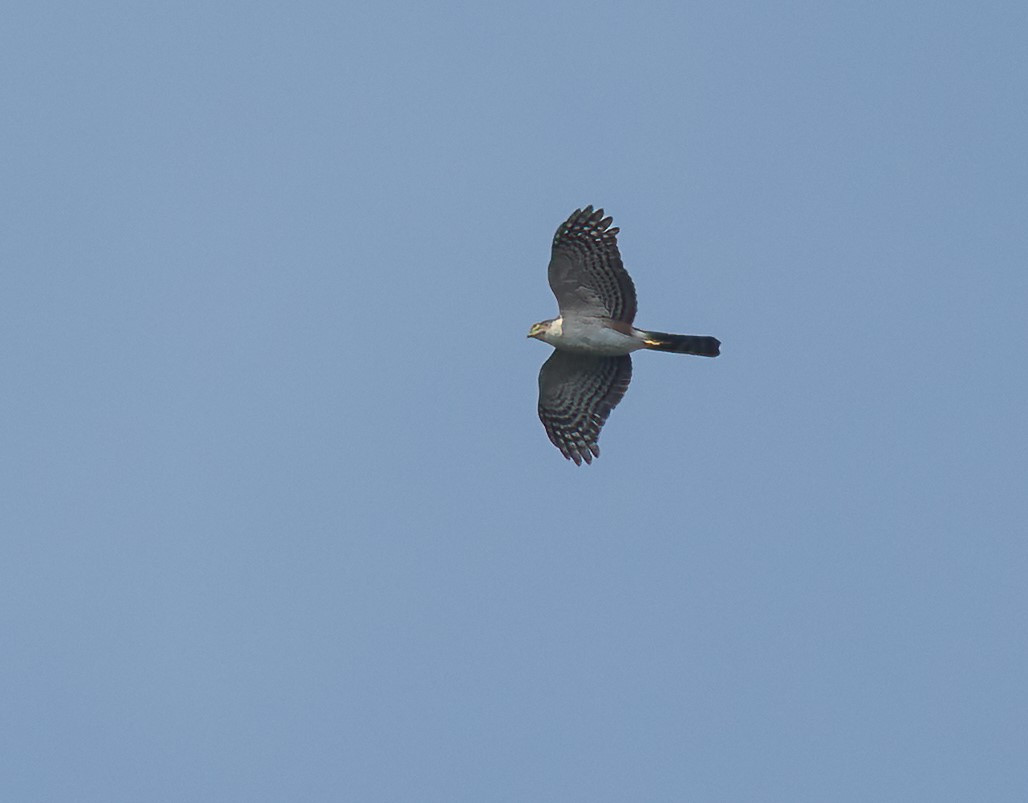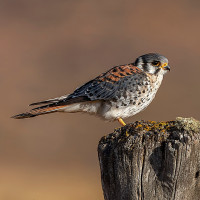Beschreibung
Cape May Point State Park is great for observing migrating birds, especially in fall when its position at the south end of a peninsula concentrates migrants. Its hawkwatch is known for birds such as Sharp-shinned Hawk, Peregrine Falcon, American Kestrel and Broad-winged Hawk, and the forests near the hawkwatch often contain warblers. It often has vagrants especially in fall when birds are concentrated. The beaches to the south often have great seawatching opportunities, with nesting Least Tern and American Oystercatcher.
Details
Zugang
Cape May Point State Park is located at Light House Ave, Cape May Point, NJ 08212. Press P in the map for directions to the parking lot. There are no park or entry fees to access Cape May Point State Park. The parking lot is located next to the hawkwatch (indicated by a star on the map), with most trails accessible by foot. Visiting birders should spend as long as they want at the location, sometimes half an hour during an unproductive flight and sometimes a whole morning or afternoon during a good migratory flight.
Terrain und Habitat
Wald , Feuchtgebiet , Teich , Strand , Vereinzelte Bäume und BüscheBedingungen
Flach , Sandig , Hochwasser möglichRundweg
JaIst ein Spektiv nützlich?
JaGute Beobachtungszeit
GanzjährigBeste Beobachtungszeit
HerbstzugRoute
Normaler WegSchwierigkeitsgrad der Tour
EinfachErreichbarkeit
zu Fuß , RollstuhlBeobachtungshütten oder -türme
JaZusätzliche Informationen
The State Park is one of the most famous places in North American birding. When in the area, one can go through the forests and the beach if one wants to spend more time in the State Park, otherwise the hawkwatch should suffice.






